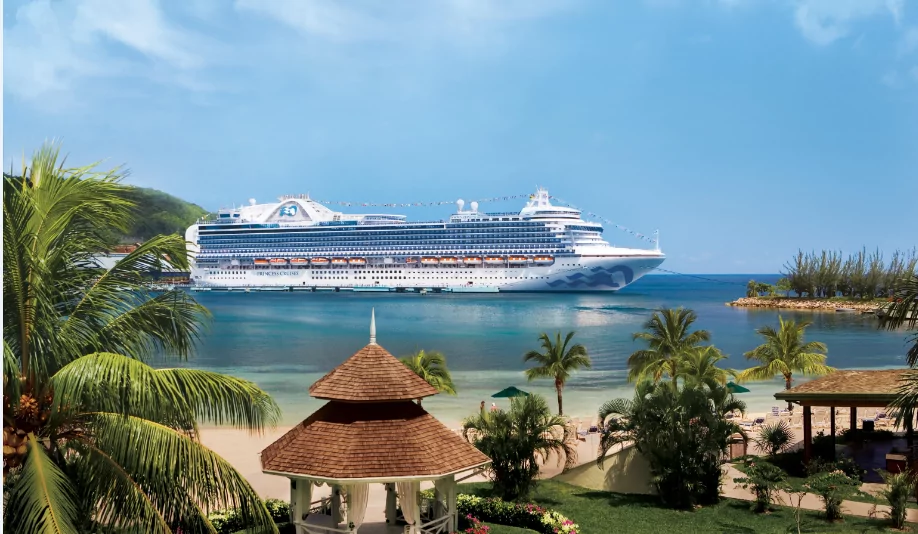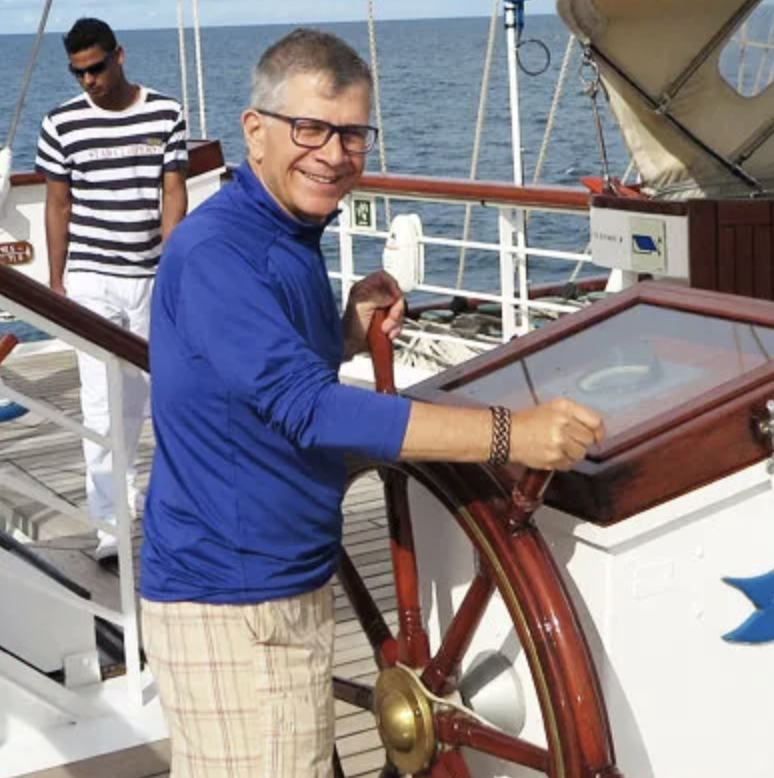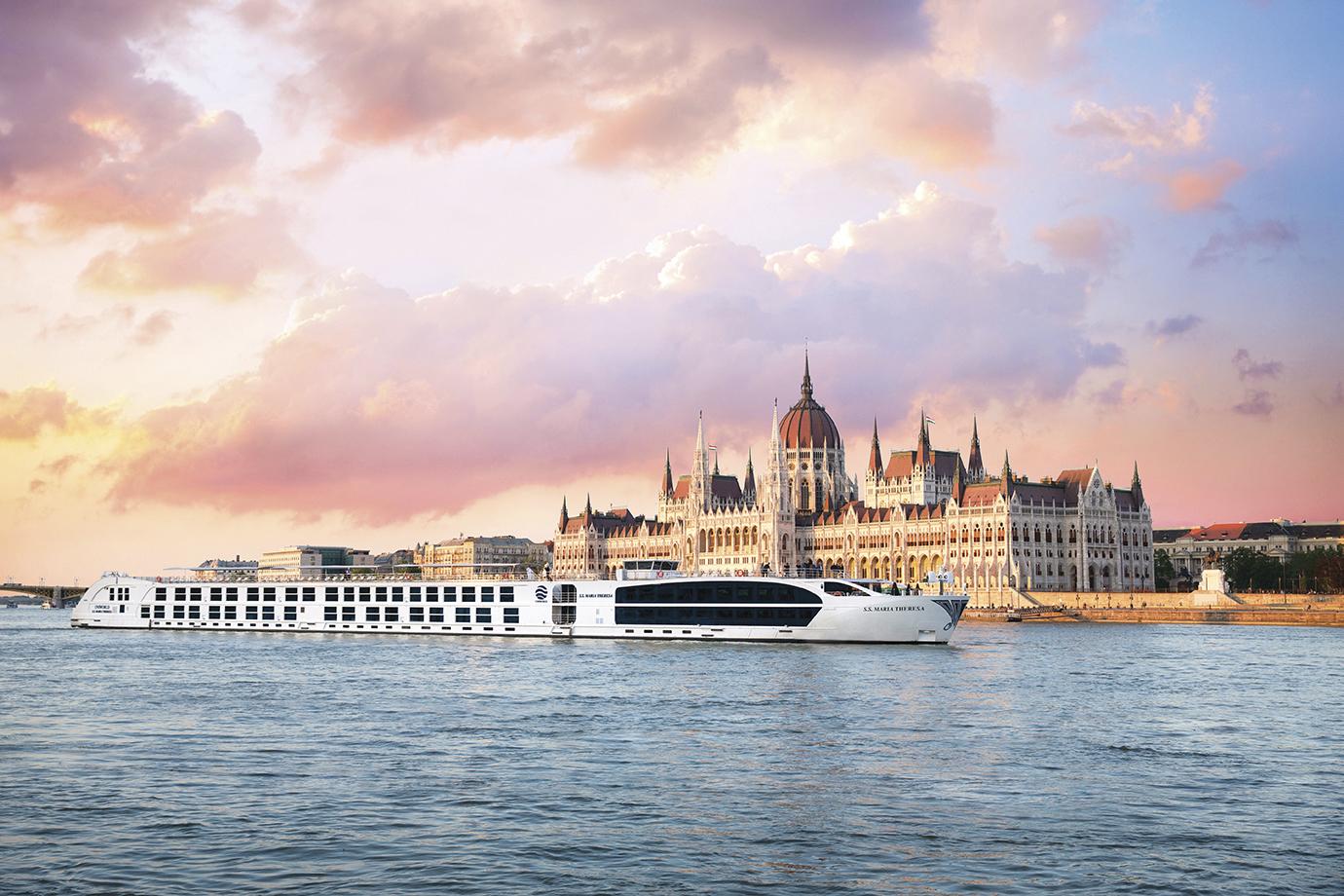Aurora Expeditions’ 15-day Costa Rica and Panama Canal cruise was abruptly cancelled, leaving passengers in limbo.
The reason? The Panama Canal’s low water levels–a consequence of a drying climate and El Niño–have forced the canal authorities to restrict daily ship transits, disrupting global sea trade and cruise itineraries, including this iconic crossing.
The 15-day Aurora trip aboard the ship Greg Mortimer was to embark on a journey from San Jose, Costa Rica, to Cartagena, Colombia, where highlights included visits to Curu National Wildlife Refuge, Rio Claro Wildlife Refuge, Gulfo Dulce, Coiba National Park, and the Pearl Islands before reaching Panama City and the Panama Canal. However, the entire journey had to be cancelled due to operational challenges posed by the canal’s low water levels.
Since its completion in 1914, the canal has served as a vital link between the Pacific and Atlantic Oceans, allowing ships to bypass the lengthy journey around South America. The artificial waterway, which spans 82 kilometres, features a series of locks that raise and lower vessels to match the water level of Gatun Lake, the canal’s primary water source.
In past decades, the Panama Canal has grappled with fluctuations in water levels, impacting its operational efficiency and necessitating adaptations to ensure uninterrupted transit for ships. One notable instance was during the severe El Niño event of 1997-1998, which led to significant decreases in rainfall across the region, resulting in reduced water levels in Gatun Lake.
Similarly, in the early 2010s, the canal faced concerns over water scarcity, prompting water-saving measures and operational adjustments to mitigate the effects of diminishing water reserves. These experiences underscore the canal’s vulnerability to environmental factors and highlight its ongoing efforts to manage its water resources sustainably.

Panama Canal Water Levels Below Seasonal Norms
In 2023, Gatun Lake experienced water levels below seasonal norms due to insufficient rainfall. As of March 18, 2024, the water level of Gatun Lake sat at 80.5 feet (24.5 meters), over 7 feet (2.1 meters) below its maximum operating level of 88 feet (26.8 meters). Consequently, the canal’s operational capacity has been significantly affected, with container vessels restricted to draft depths of 44 feet (13.4 meters) instead of the usual 50 feet (15.2 meters), resulting in reduced water consumption in the locks.
Moreover, according to a report by The Peterson Institute for International Economics, projected water levels at Gatun Lake for 2024 are the lowest in the last five years, with March and April levels expected to be only 80 feet and 79 feet, respectively. This historic low has forced the Panama Canal Authority to reduce daily traffic from 36 to 24 vessels and limit allowable draft sizes, impacting energy product carriers, container vessels, and other ships.
The decline in water levels at Gatun Lake has been attributed to various factors, including reduced rainfall in the Amazon rainforest, worsened by the region’s worst recorded drought in 2023. Another significant factor is the El Niño climate pattern, which typically induces drought conditions along South America’s Pacific Coast, including Panama. Climate change and deforestation in the area also exacerbate the situation, further contributing to the lake’s decline.

The Impact on Cruise Lines
Aurora Expeditions is not the only cruise line affected by the Panama Canal’s low water levels. Several other prominent cruise operators rely heavily on the canal for their itineraries, offering passengers unforgettable experiences traversing this iconic waterway.
Princess Cruises operates numerous voyages through the Panama Canal, and the current water level crisis could disrupt their scheduled itineraries. Potential impacts include delays, rerouting, or adjustments to the duration of canal crossings. Additionally, changes in draft restrictions may affect the types of ships Princess Cruises can deploy for these voyages, potentially leading to alterations in onboard amenities and activities.
Holland America Line’s Panama Canal cruises are renowned for their immersive experiences, but the low water levels present logistical challenges for the cruise line. Reduced draft depths may necessitate modifications to Holland America Line’s fleet deployment strategy, impacting the availability of certain ships for Panama Canal crossings. Moreover, changes in transit schedules could affect planned shore excursions and port visits along the itinerary.
Norwegian Cruise Line offers diverse Panama Canal itineraries, but the current water level crisis poses operational uncertainties. The need to adhere to draft restrictions may compel Norwegian Cruise Line to adjust sailing schedules or consider alternative routes to ensure the safety and comfort of passengers. These changes could impact the cruise experience, including onboard entertainment, dining options, and shore excursion availability.

Saving the Panama Canal
Efforts to address the water level drop-off include pumping seawater or redirecting rivers into Gatun Lake. However, these measures are complex and have potential implications for Panama’s drinking water supply, as Gatun Lake is the region’s primary source of freshwater.
Considering the potential long-term implications of the Panama Canal crisis, cruise lines may need to reassess their itineraries and operations, possibly resulting in fewer Panama Canal crossings or alternative routes. These adjustments could have significant ramifications for the cruise industry and the communities reliant on tourism revenue from canal-related activities.
Understanding the operational challenges posed by the Panama Canal’s low water levels is crucial for cruise passengers affected by these cancellations. Aurora Expeditions and other cruise operators are likely exploring alternative solutions for affected travellers, such as rerouting or rescheduling their journeys.
Travellers are advised to stay informed and flexible about their regional cruise plans and to contact their cruise operators for more information and guidance on the next steps.










Maybe a bus and/or train? Cruise to bus or train / travel to the other side / reboard another cruise / continue on. Similar to how European river cruises cope with low water levels.